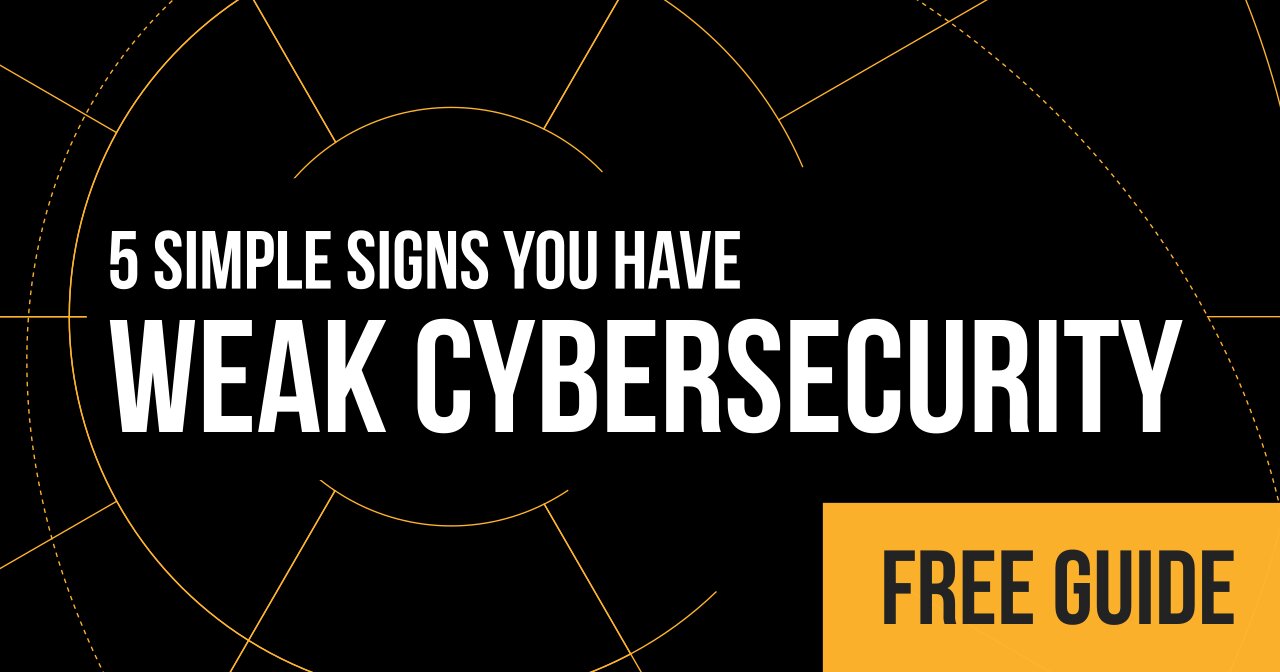
Here’s a fun thought: Go on vacation for a week and leave a few of the doors to your home UNLOCKED.
That doesn’t sound fun to you? Well, that’s exactly what you’re doing in the cyber landscape when you rely solely on basic security measures.
But wait! You have an advanced security stack? That’s great because advanced security stacks have become a necessity for users looking to protect their sensitive data and IT infrastructure. So now you’re not leaving the doors unlocked, that’s great. But there’s one more step. Remember the guy you’ve hired to water your plants? How sure are you that he’ll lock the doors when they leave?
Monitoring your home and your network are both major security challenges, and fortunately the latter can be solved with regular third-party assessments. (Sorry, we can’t help with weird plant guy!) Third-party assessments ensure that your advanced security stack is doing its job and aligned with your business needs.
Having security is important. Having the right security is vital.
Understanding Your Advanced Security Stack
An advanced security stack is a comprehensive set of security tools and protocols designed to protect against a wide array of cyber threats. This stack typically includes next-generation firewalls, intrusion detection systems (IDS), intrusion prevention systems (IPS), endpoint protection, data encryption, and more sophisticated threat detection and response systems.
The goal of an advanced stack is not just to defend against common threats but to provide a robust framework that adapts to new threats as they arise. This is particularly important as cyber attackers continually refine their methods and discover new vulnerabilities to exploit.
Regular Third-Party Assessments & Your Security Program
Regular third-party security assessments play a pivotal role in ensuring that your security stack not only exists but performs effectively. These assessments, ideally conducted quarterly, provide an unbiased review of your security practices and infrastructure. Here’s why they are essential:
Internal reviews often suffer from bias or become complacent with the existing security measures. Third-party assessments bring an outside perspective that can identify overlooked vulnerabilities and offer new solutions.
As businesses evolve, so do their security needs. Regular assessments ensure that your security measures keep pace with changes in business strategy, IT projects, and overall risk tolerance.
Many industries have regulatory requirements for data protection. Regular assessments help ensure compliance with these regulations, avoiding legal or financial penalties.
Each assessment provides a learning opportunity, offering insights into emerging threats and highlighting areas for improvement in your security strategy.
Evaluating the Effectiveness of Your Security Stack
To gauge whether your security stack is effective, consider the following criteria:
- Does your security stack cover all critical aspects of your IT environment, including endpoints, networks, and cloud services?
- How quickly can your system identify and respond to a security incident? Effective stacks have automated processes that minimize the time from threat detection to response.
- Are you protected against both internal and external threats? An effective stack considers various attack vectors, including insider threats and external breaches.
- Can your security stack scale as your business grows? It should be capable of handling increased traffic and more complex operations without compromising performance.
- Does the security stack impede normal business operations, or can it function seamlessly in the background? Effective security solutions balance robust protection with usability.
Continuous Improvement
Third-party assessments should not be seen as a one-time requirement but as part of a continuous improvement process for your security posture. These assessments provide detailed insights into how well your security measures are performing and what can be done to enhance them.
You should make informed decisions about upgrades, tweaks, or overhauls needed within your security stack. This ongoing evaluation aligns your security investments with current threats and business objectives, ensuring that you remain protected as both evolve.
An advanced security stack is crucial for robust cyber defense, but its effectiveness depends heavily on regular evaluation and alignment with business needs. Quarterly third-party assessments provide the rigorous scrutiny required to ensure that your security measures are not only adequate but exemplary.
By embracing these regular reviews, you can maintain a dynamic and responsive security posture that protects your assets and supports your business goals.



